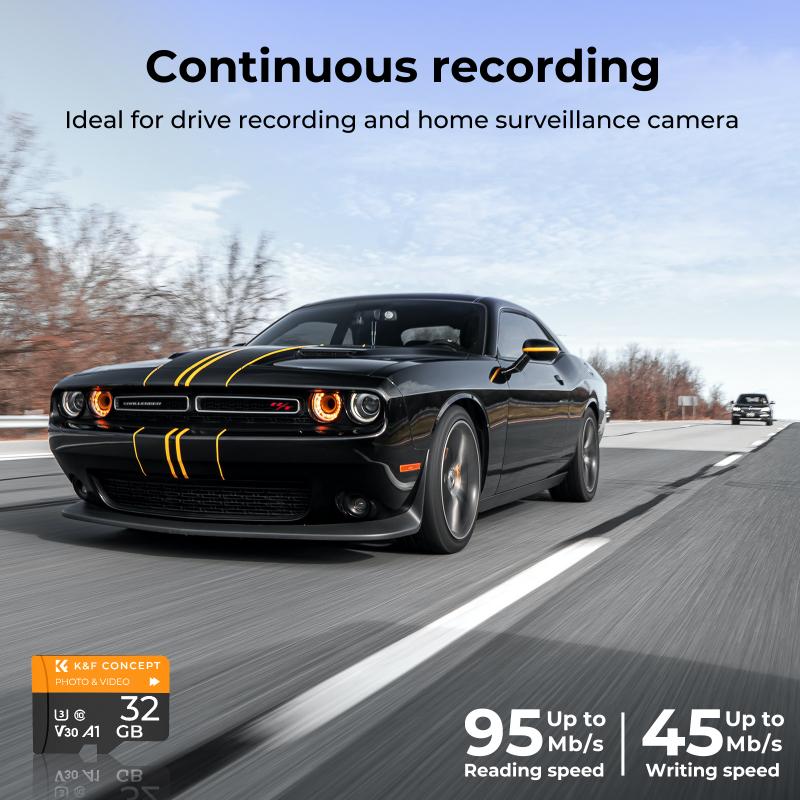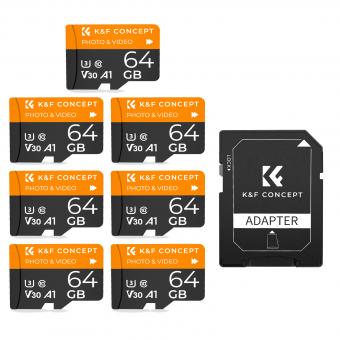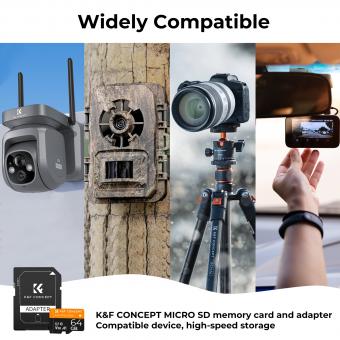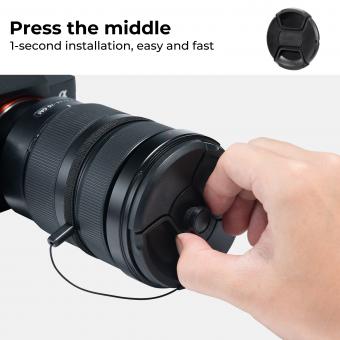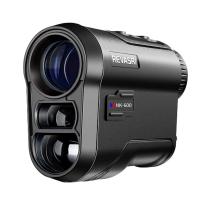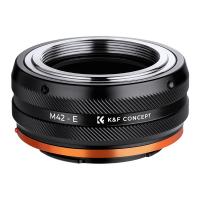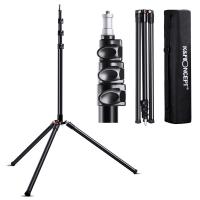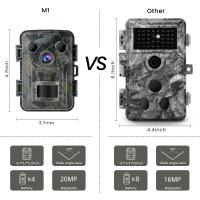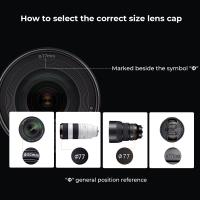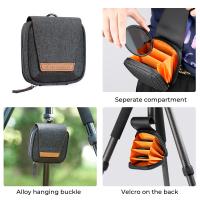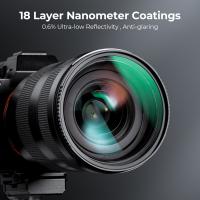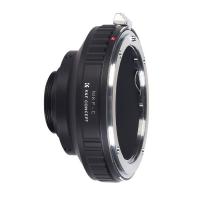How A Surveillance Camera Works ?
A surveillance camera works by capturing and recording video footage of a specific area or location. It consists of several key components, including a lens, an image sensor, and a recording device. The lens focuses light onto the image sensor, which converts the light into an electrical signal. This signal is then processed and encoded into a digital format by the camera's internal circuitry. The encoded video is then stored on a recording device, such as a hard drive or a network video recorder (NVR). Some surveillance cameras also have built-in features like motion detection or infrared capabilities for capturing footage in low-light conditions. The recorded video can be accessed and viewed remotely through a computer or mobile device, allowing for real-time monitoring and playback of the captured footage.
1、 Image capture and sensor technology in surveillance cameras
How a surveillance camera works:
Surveillance cameras play a crucial role in monitoring and securing various environments, from public spaces to private properties. These cameras operate through a combination of image capture and sensor technology, allowing them to capture and record visual information for surveillance purposes.
The process begins with the image capture mechanism, which consists of a lens that focuses light onto an image sensor. The lens determines the field of view and the level of detail captured by the camera. The image sensor, typically a charge-coupled device (CCD) or a complementary metal-oxide-semiconductor (CMOS) sensor, converts the light into electrical signals.
The sensor technology is a critical component in surveillance cameras. CCD sensors were traditionally used due to their superior image quality and sensitivity to light. However, CMOS sensors have gained popularity in recent years due to their lower power consumption, faster readout speeds, and improved image quality. CMOS sensors also allow for the integration of additional functionalities, such as on-chip image processing and video compression.
Once the image is captured and converted into electrical signals, it is processed by the camera's internal circuitry. This circuitry enhances the image quality, adjusts the exposure, and applies various image processing techniques to improve visibility in different lighting conditions. The processed image is then encoded and compressed to reduce file size and storage requirements.
With advancements in technology, surveillance cameras now offer additional features such as motion detection, facial recognition, and remote access capabilities. Motion detection algorithms enable cameras to trigger recording or alerts when movement is detected within a specified area. Facial recognition technology allows cameras to identify individuals based on their facial features, aiding in the identification of suspects or authorized personnel.
Furthermore, the latest surveillance cameras often incorporate artificial intelligence (AI) algorithms for advanced analytics. These algorithms can analyze video footage in real-time, detecting anomalies, tracking objects, and even predicting potential threats. AI-powered surveillance systems can significantly enhance security by automating the monitoring process and providing proactive alerts.
In conclusion, surveillance cameras rely on image capture and sensor technology to capture visual information. The latest advancements in sensor technology, image processing, and AI algorithms have revolutionized surveillance systems, making them more efficient, intelligent, and capable of providing enhanced security.
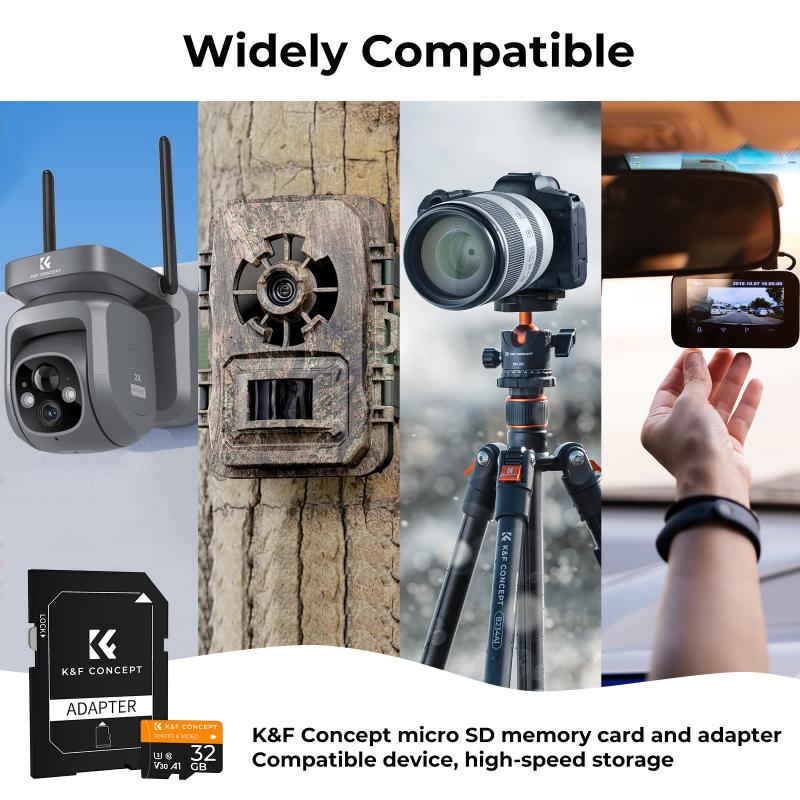
2、 Video compression and storage methods in surveillance cameras
Video compression and storage methods in surveillance cameras play a crucial role in capturing, storing, and transmitting high-quality video footage. These technologies enable surveillance cameras to efficiently record and store large amounts of data while minimizing bandwidth and storage requirements.
Video compression is the process of reducing the size of video files without significantly compromising the quality of the footage. This is achieved by removing redundant or irrelevant information from the video stream. There are various compression algorithms used in surveillance cameras, such as H.264, H.265 (HEVC), and more recently, H.266 (VVC). These algorithms employ techniques like motion compensation, spatial and temporal redundancy reduction, and quantization to compress the video data.
Storage methods in surveillance cameras involve the efficient management of the compressed video files. Traditional storage systems relied on physical media like hard disk drives (HDDs) or network-attached storage (NAS) devices. However, with the advent of cloud computing, many surveillance cameras now offer cloud storage options. Cloud storage provides scalability, remote access, and redundancy, ensuring that video footage is securely stored and easily accessible from anywhere.
The latest point of view in video compression and storage methods is the emergence of artificial intelligence (AI) and machine learning (ML) techniques. AI-powered surveillance cameras can analyze video footage in real-time, automatically detecting and classifying objects, people, and events. This reduces the need for storing and reviewing vast amounts of video data, as only relevant events are flagged and stored. Additionally, ML algorithms can optimize video compression by learning from patterns and adapting the compression parameters accordingly.
In conclusion, video compression and storage methods in surveillance cameras are essential for efficient and effective video surveillance. These technologies continue to evolve, incorporating advancements like AI and ML, to enhance the capabilities of surveillance systems and improve overall security.
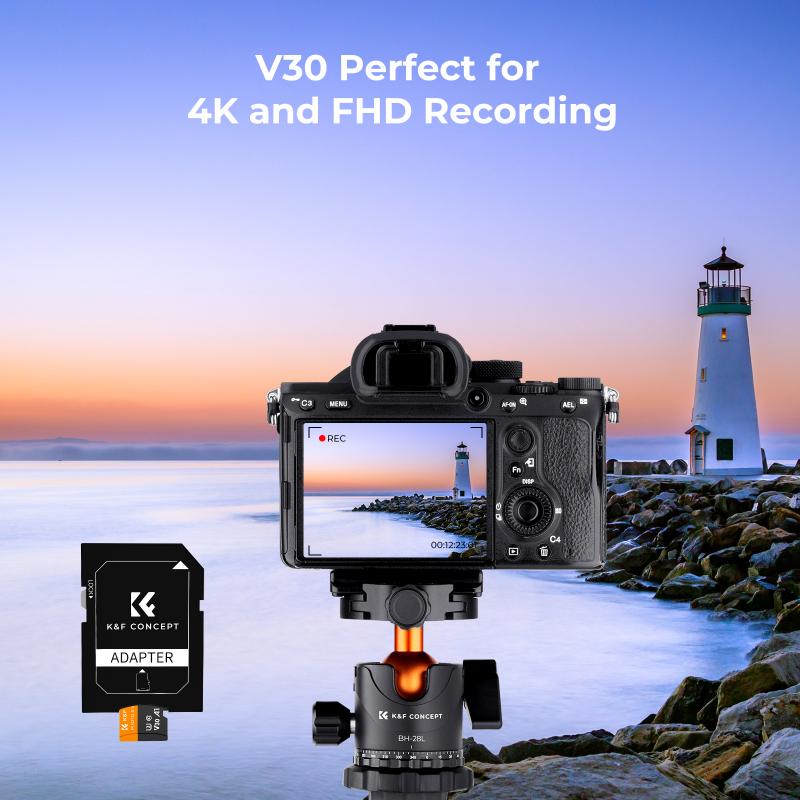
3、 Surveillance camera connectivity and network integration
Surveillance cameras play a crucial role in ensuring the safety and security of various environments, including homes, businesses, and public spaces. Understanding how these cameras work and their connectivity and network integration is essential in comprehending their functionality and effectiveness.
At its core, a surveillance camera captures video footage of a specific area and transmits it to a recording device or a network for monitoring and analysis. The camera itself consists of several key components, including a lens, an image sensor, and a processor. The lens focuses light onto the image sensor, which converts the light into an electrical signal. The processor then processes this signal into a digital video format.
Connectivity and network integration are vital aspects of surveillance camera systems. Traditionally, surveillance cameras were connected to a closed-circuit television (CCTV) system, where the video feed was transmitted through coaxial cables to a central monitoring station. However, with advancements in technology, modern surveillance cameras now often utilize network connectivity.
Network integration allows surveillance cameras to be connected to a local area network (LAN) or a wide area network (WAN), enabling remote access and monitoring. This integration is typically achieved through the use of Internet Protocol (IP) cameras, which transmit video data over an IP network. IP cameras can be wired or wireless, providing flexibility in installation and placement.
The latest point of view in surveillance camera connectivity and network integration revolves around the concept of the Internet of Things (IoT). IoT-enabled surveillance cameras can connect to the internet and communicate with other devices, such as smartphones or smart home systems. This connectivity allows for enhanced functionality, such as real-time alerts, remote control, and integration with other security systems.
In conclusion, surveillance cameras work by capturing video footage using a combination of lenses, image sensors, and processors. Connectivity and network integration are crucial for transmitting and accessing this footage. With the advent of IP cameras and IoT technology, surveillance camera systems have become more advanced, providing improved security and convenience.

4、 Surveillance camera monitoring and control systems
A surveillance camera is a device that captures and records video footage of a specific area or location. It is an integral part of surveillance camera monitoring and control systems, which are designed to enhance security and provide real-time monitoring capabilities.
The basic functioning of a surveillance camera involves several key components. The camera itself consists of a lens, an image sensor, and a video processor. The lens captures the light from the surroundings and focuses it onto the image sensor, which converts the light into an electrical signal. The video processor then processes this signal and converts it into a digital video format that can be stored or transmitted.
Modern surveillance cameras often come equipped with advanced features such as high-definition resolution, night vision capabilities, and motion detection. These features enhance the camera's ability to capture clear and detailed footage, even in low-light conditions or when there is movement in the monitored area.
Surveillance camera monitoring and control systems utilize these cameras to provide real-time monitoring and recording capabilities. The video footage captured by the cameras is transmitted to a central monitoring station or a digital video recorder (DVR) for storage and analysis. In some cases, the footage may also be streamed live to a remote location, allowing for remote monitoring and control.
The latest advancements in surveillance camera technology include the integration of artificial intelligence (AI) and machine learning algorithms. These technologies enable cameras to automatically detect and analyze specific objects or behaviors, such as facial recognition or suspicious activities. This enhances the effectiveness of surveillance systems by reducing false alarms and improving the accuracy of threat detection.
Overall, surveillance cameras play a crucial role in monitoring and controlling security in various settings, including public spaces, businesses, and homes. With advancements in technology, these cameras continue to evolve, providing more sophisticated features and capabilities to enhance security and safety.
